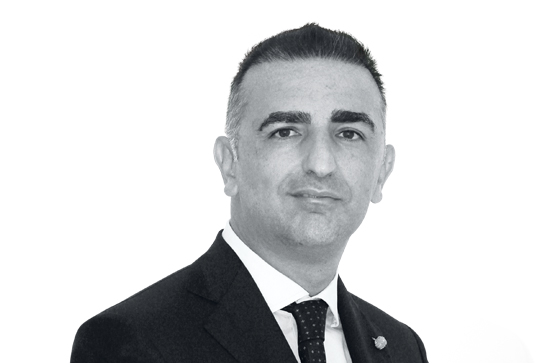
Interceptive Orthodontics: The Importance To Know When, How And Why
10.05.2024, Warsaw, Poland, PolandInformation
Speaker
Dr. Iodice, Giorgio
Date
10.05.2024
Time range
09.00 - 17.00
Course number
Target group
Orthodontists
Price
One day (10.05.2024): 430,00 € (VAT included)
Two-day combined package (10.05 + 11.05.2024): 680,00 € (VAT included)
Location
Warsaw
Warsaw, Poland
Poland
English + Polish translation
In clinical orthodontic practice, children and young adolescents are our most common patients. This means that we very often are wondering if it is time to act or if we should simply wait. Will starting an interceptive therapy be able to benefit our little patient and will it have a really positive impact on the final results or will it simply be a waste of time and precious collaboration of the patient? This is the scenario, for example, when we are faced with possibly impacted canines. Understand how to recognize them, how to evaluate their prognosis and how to improve it. The early detection of canine displacement and the use of predictive indices, detected clinically and radiographically, can help the clinician to highlight a canine misplaced and prevent its possible future impaction. This is also the case for patients with class III or class II growth abnormalities. What impact our therapy will have, when we will have to carry it out and which therapeutic protocol will give us the best results. And finally this is still the case in the evaluation of jaw contraction, in order to understand when you really need to expand the jaw and with what protocol. All of this will be analyzed in detail on the basis of the most current scientific evidence and data from international research. The attendees will be guided step by step in learning the most appropriate results for the specific problem, in choosing the most advantageous timing and how to recognize it.
Participants will be given the opportunity to bring documentation of their own clinical cases, so as to be able to evaluate diagnostic and / or therapeutic path in a collegial.
Program
Impacted canines
- Epidemiology of inclusions, Physiology of dental eruption, Etiology of inclusion,
Definition, Possible causes of dental inclusion, Diagnosis, Prognosis of inclusion,
Objectives of the treatment, How to prevent and improve the prognosis. Class II
Class II
- Definition and epidemiology, Difference between dental and skeletal class II: how to choose the correct protocol, Functional treatment: is it worth it?, How to recognize the best timing.
Class III
- Definition and epidemiology, Prognostic evaluation: what to see and why,
Functional treatment: when to start it? and can it really give a different result?
Retention and growth evaluation. Maxillary Expansion
Maxillary Expansion
- Etiology and Epidemiology, Diagnosis, how to recognize a skeletal transversal deficiency: diagnostic and prognostic evaluation tools, Objectives of the treatment. Different protocols for different aims in different timings: to know when, how and why.
Contact Data
Małgorzata Wieczorek
tel. +48 694 537 991, + 48 22 675 24 94
e-mail: grandortho@grandortho.pl
